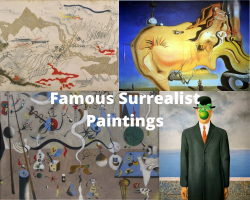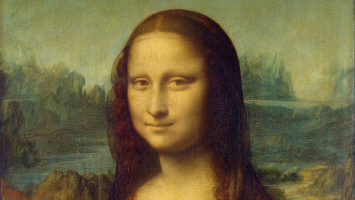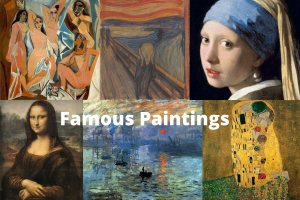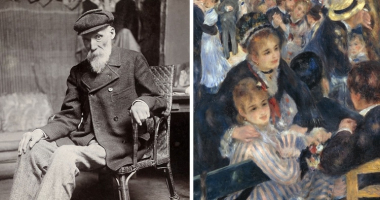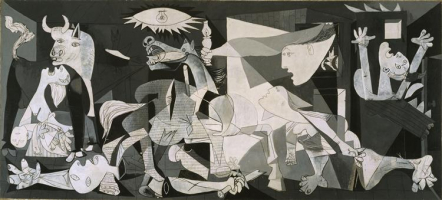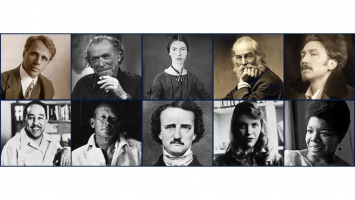Top 10 Most Famous 19th-Century Paintings
The majority of those great nineteenth-century artists were swept up in the wave of modern art, which began with realism and moved to impressionism. In this ... read more...article, Toplist introduces to you the 10 most famous 19th-century paintings.
-
Vincent Van Gogh is one of the most well-known artists of the nineteenth century. Vincent Van Gogh was a Dutch post-impressionist painter who, unlike many other notable artists, achieved little critical or financial success during his lifetime. Bold colors, powerful and frantic brushstrokes, and profound observations of humanity and environment are all hallmarks of his work. Within a decade, Van Gogh created about 2,100 pieces, but the majority of his 860 oil paintings were completed in his final two years.
In 1888, he created Cafe Terrace at Night, which showed a late-night view of the lovely boulevard and is among the most famous 19th-century paintings. Warm, yellowish light hues from oil painting brushes brighten the street and the café, giving off a nice warmth to everyone who knew the famous location. The painting was one of Van Gogh's most well-known cityscapes, but he would later suffer from acute despair and bipolar disorder, which had a considerable influence on his physical condition.
Author: Van Gogh
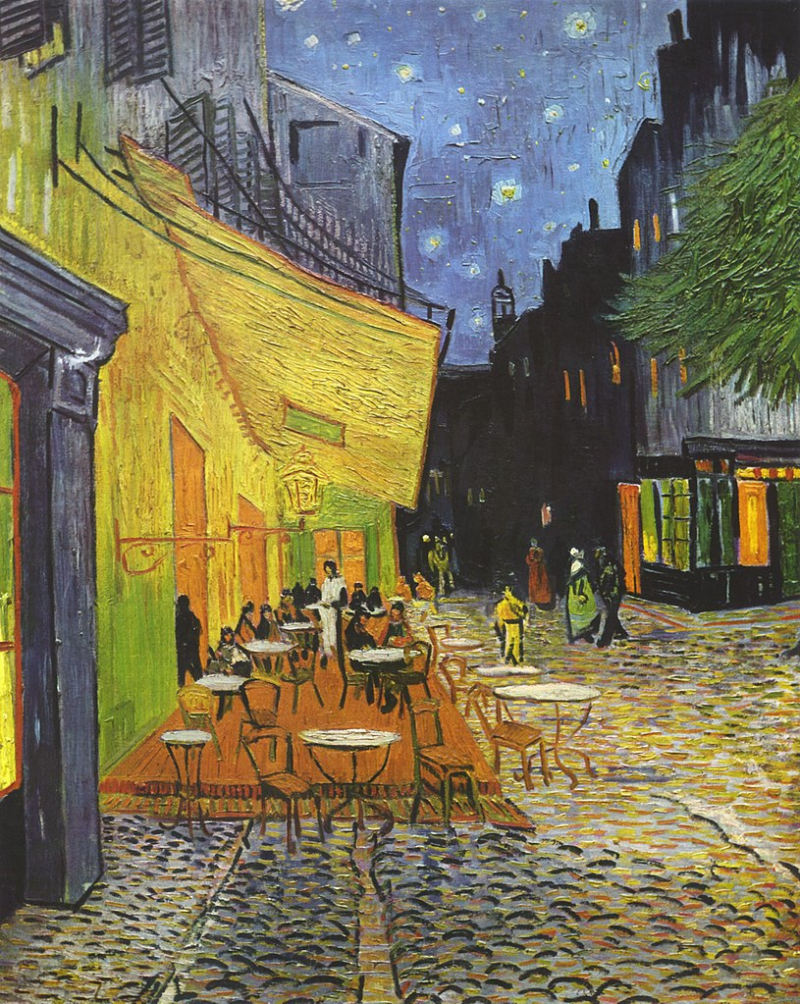
vi.m.wikipedia.org Video: 1st Art Gallery com's Youtube Channel -
The second one of the most famous 19th-century paintings that Toplist would like to introduce to you is The Card Players By Paul Cezanne. Paul Cezanne is recognized as one of the nineteenth century's most important artists and a crucial figure in the late-nineteenth-century Post-Impressionist movement. Many well-known art critics of the time saw this and other Cezanne paintings, which depicted groups of men and women typically engaged in casual drinking, as unworthy of representation in a painting, especially by a well-known artist like Cezanne.
The Card Players was one of a series of paintings in which he represented French inhabitants partaking in typical pastimes such as card games and other amusing activities. This artwork, done in 1895, features two men sitting at a little table, playing cards. A bottle of wine is on the table next to them. Cezanne's paintings were termed "human still life" because they typically featured men playing card games while staring intently at their own hands.
Author: Paul Cezanne
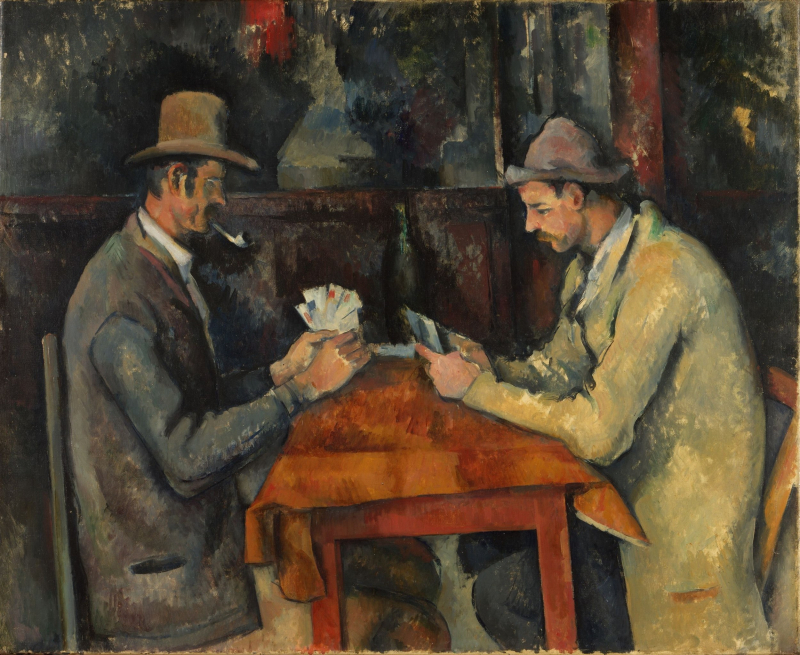
vi.m.wikipedia.org Video: The Courtauld's Youtube Channel -
The Hay Wain is widely considered to be one of the best landscape Romantic paintings ever created by an English artist, John Constable, in 1821, as well as one of the greatest landscape Romantic paintings ever created. In a BBC poll done in 2005, it was ranked as the second most popular image in any British gallery, after only The Fighting Temeraire.
Landscape painting was popular among Romantic English artists, the most well-known of whom being John Constable. The Hay Wain depicts a pastoral area along the River Stour in Suffolk and Essex, England. It is the area around Constable's birthplace that has become known as Constable Country and is shown in his most famous paintings.
A wooden wain, or large wagon, is hauled across the river by three horses in the center of the image. Flatford Mill, Constable's father's mill, is the setting for the action. The countryside on the left bank is from Suffolk, while the scenery on the right bank is from Essex.
Author: John Constable
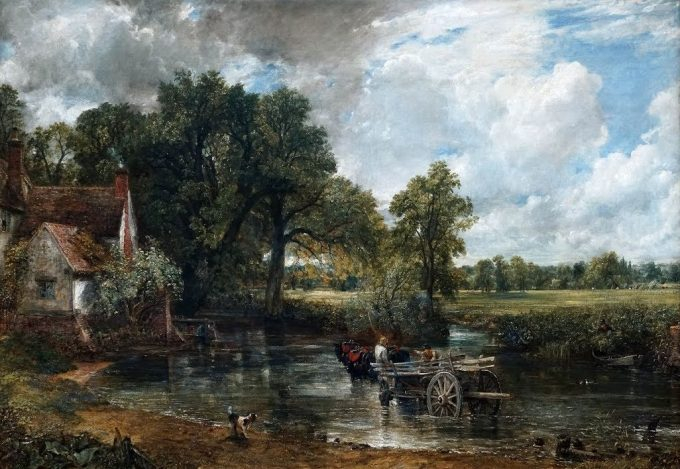
dkn.news Video: The National Gallery's Youtube Channel -
To continue, Toplist would like to introduce to you is The Kiss By Francesco Hayez as one of the most famous 19th-century paintings. Francesco Hayez was the most important Romantic artist in mid-nineteenth-century Milan. The Kiss has drawn considerable attention since its debut in 1859, notably in Italy. It's also been the subject of much debate and analysis. It is one of the most passionate and vivid images of a kiss in Western art history.
The Kiss By Francesco Hayez depicts a couple from the Middle Ages embracing and kissing one another. The Kiss By Francesco Hayez represents the key features of Italian Romanticism and has become an emblem of the era. In keeping with Romanticism's beliefs, the artwork emphasizes emotion above intellectual reason. It has come to represent the spirit of the Risorgimento, or the unification of Italy, which occurred between 1815 and 1871. It's also well-known for its fine workmanship and vivid hues.
Author: Francesco Hayez
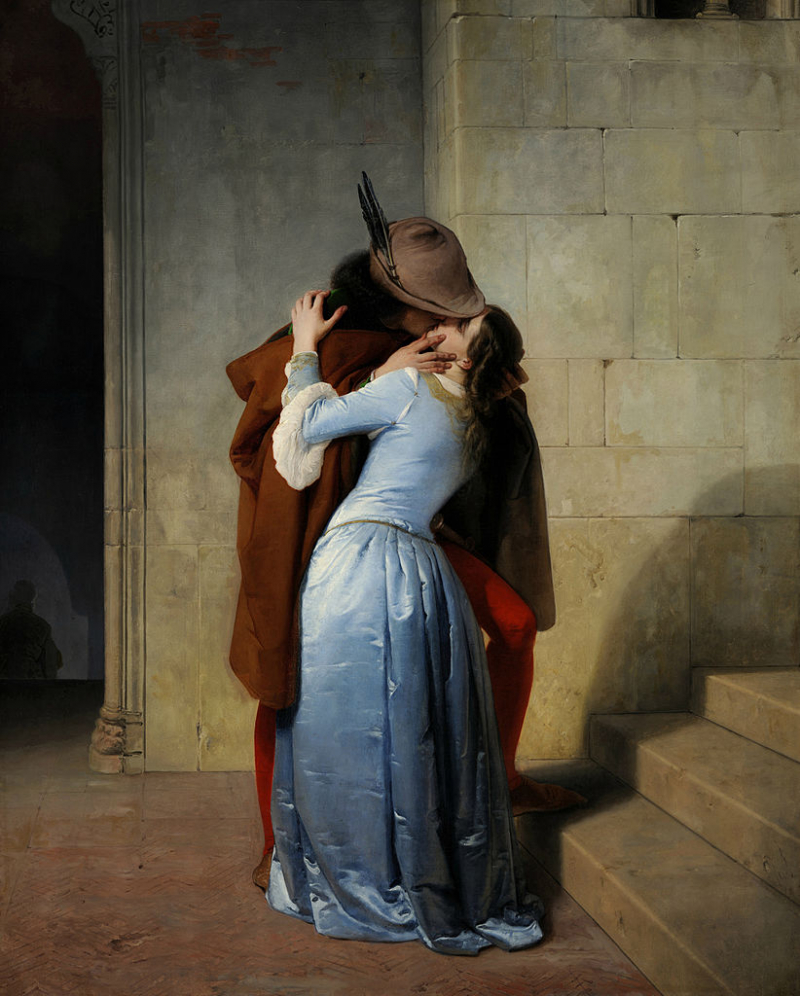
vi.m.wikipedia.org Video: Amuze Art Lectures's Youtube Channel -
During the Napoleonic Wars, the French cruiser Méduse served in the Mediterranean. It survived the battles, but it was destroyed when it fell into a sandbank in July 1816 while bringing passengers to Senegal. The 400 passengers and crew members on board were forced to abandon the ship, with 151 of them being placed on a raft. The men on board the raft were forced to undergo a terrifying predicament. In addition, numerous troops were washed into the sea by a storm; others revolted and were put to death by their leaders; survivors engaged in cannibalism; and when supplies ran out, handicapped men were pushed into the water.
It took 13 days at sea for the raft to be discovered, with only 15 men still alive. The incident caused widespread public shame around the world. Théodore Géricault painstakingly investigated the situation before creating The Raft Of The Medusa, which is now considered a masterpiece. The Raft of the Medusa has had a significant impact on French art, and it is widely considered a classic work of French Romanticism, as well as having immortalized the calamity that it depicts.
Author: Théodore Géricault
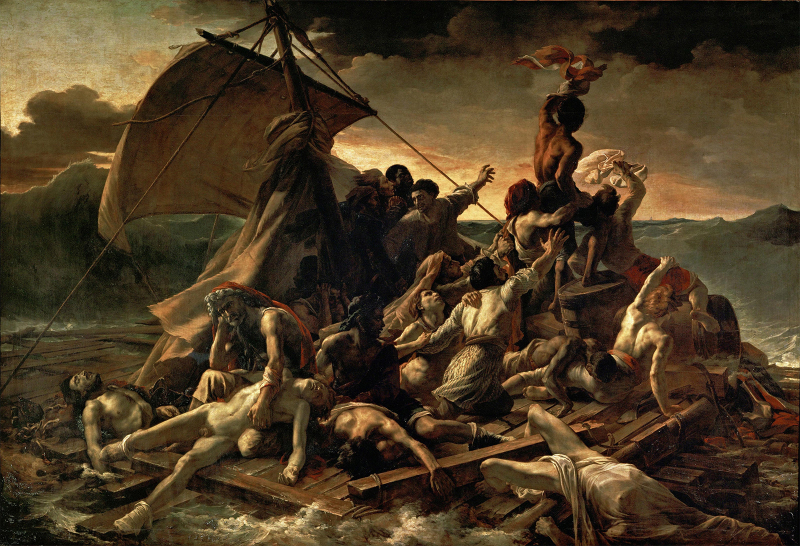
britannica.com Video: Smarthistory's Youtube Channel -
As one of the most well-known artists associated with the Realism movement, which swept across Europe in the late nineteenth century, Jean-François Millet is often considered to be one of the greatest living artists. Throughout his career, he painted peasants and ordinary French citizens who toiled away every waking hour of the day to cobble together just enough money to make ends meet. A good example of this is his work The Gleaners, which summarizes his efforts to bring to light the plight of the poor peasant class in France at a time when the nobles enjoyed significantly better living conditions than the peasantry.
Three peasant females are depicted in the photograph gleaning, or harvesting, crops that had been left behind by people who harvested the field before them. At the time, gleaning was a typical practice among peasants, and it was considered one of the most unattractive duties in the French farming culture. It was Millet's intention with this painting to depict the hardship of life endured by many French peasants throughout the nineteenth century, and he achieved that goal with this picture.
Author: Jean-Francois Millet
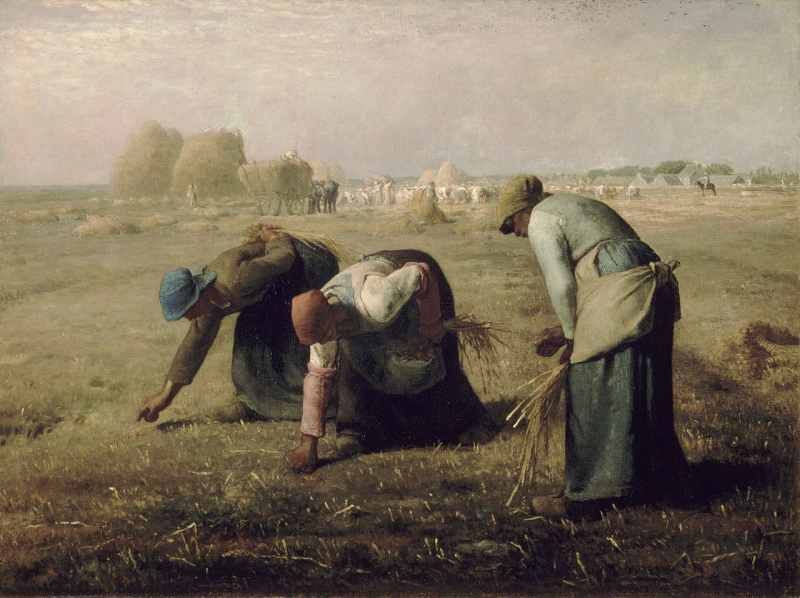
vi.wikipedia.org Video: Smarthistory's Youtube Channel -
Another one of the most famous 19th-century paintings that Toplist would like to introduce to you is Luncheon Of The Boating Party By Pierre-Auguste Renoir. During the latter several decades of the nineteenth century, many painters painted images from the busy Parisian social scene. Pierre-Auguste Renoir, known for his ability to depict joyous social encounters among young and wealthy French people of the time, was one of the few artists who were able to capture it in a more moving way.
Luncheon of the Boating Party is a Renoir painting that depicts a group of his friends relaxing in the balmy noon atmosphere of the Maison Fournaise dining room, which was a popular locale in 1881 when the picture was painted. This painting uses the same brilliant color scheme as the majority of Renoir's works, which are known for depicting the bustling social life of several young French residents at the time.
Author: Pierre-Auguste Renoir
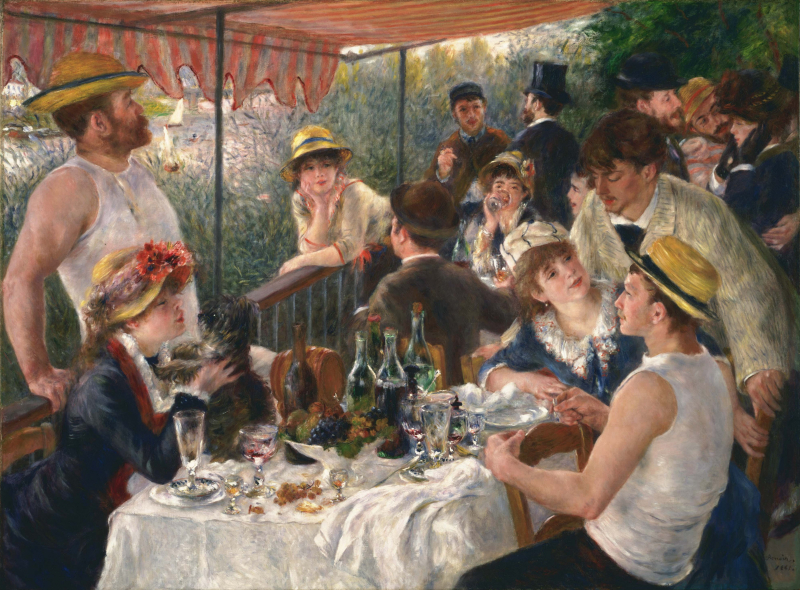
idesign.vn Video: Smarthistory's Youtube Channel -
Wanderer Above The Sea of Fog is a painting by Caspar David Friedrich, a German Romantic artist, completed in 1818. It depicts a man standing on a rocky precipice with his back to the viewer, gazing out at a landscape covered in a thick sea of fog through which other ridges, trees, and mountains pierce, and which stretches out indefinitely into the distance.
It is regarded as one of the Romanticism movement's greatest and most emblematic compositions. The scene is frequently regarded as evoking the sublime, and the painting has been widely understood as an icon of self-reflection or contemplation of life's path. Friedrich used Rückenfigur (German: Rear-facing figure) frequently in his paintings; Wanderer above the Sea of Fog is possibly the most famous Rückenfigur in art due to its importance to the subject. The figure in the painting also displays Freiedrich's German liberal and nationalist feelings by donning an Altdeutsche ("Old German") attire, which was connected with the nationalist movement and was prohibited by the states of the German Confederation in 1819.
While Friedrich was well-liked in German and Russian circles, Wanderer over the Sea of Fog, and Friedrich's art in general, were not immediately recognized as masterpieces. Friedrich's renown grew in the early twentieth century, particularly throughout the 1970s; Wanderer became particularly famous, appearing in books and other works as an example of "popular art" as well as high culture. The artwork's provenance after its construction is uncertain, but it was on exhibit in the gallery of Wilhelm August Luz in Berlin in 1939, and it was acquired by the Hamburger Kunsthalle in Hamburg, Germany in 1970, where it has been ever since.
Author: Caspar David Friedrich
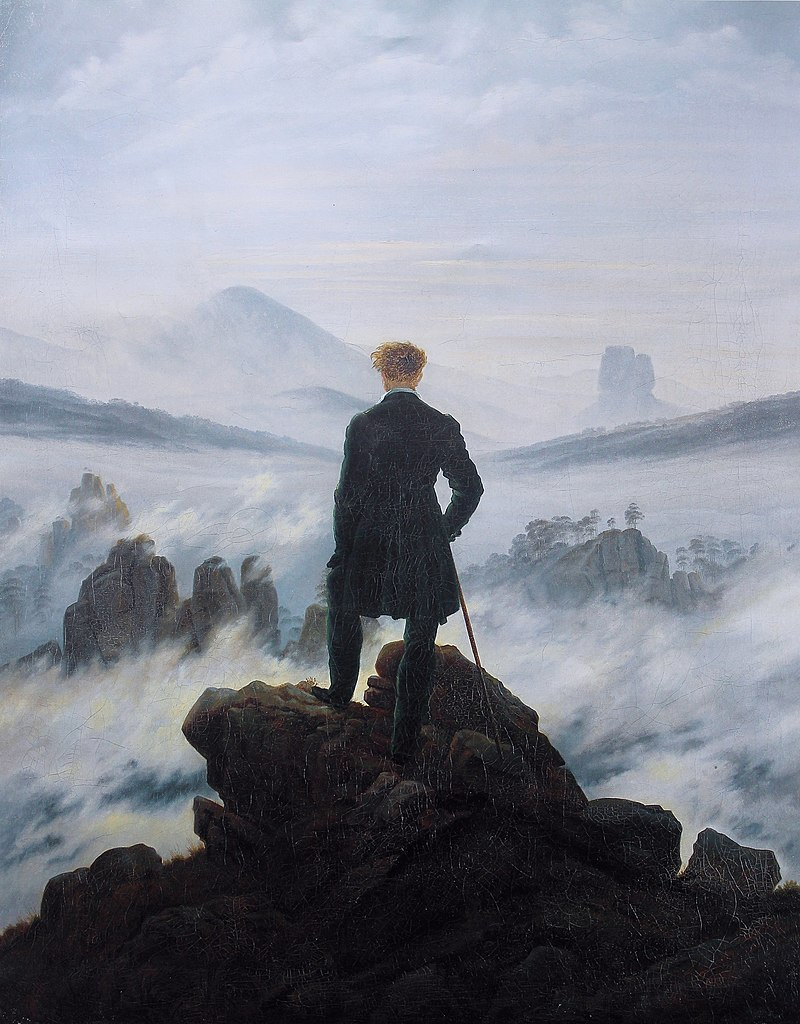
en.wikipedia.org Video: Pieces of Art's Youtube Channel -
The Absinthe Drinker or Glass of Absinthe is an 1875–1876 painting by Edgar Degas. Its original title was Dans un Café, which is still used today. A sketch of a French café and Figures at Café were two other early works. When the picture was shown in London in 1893, the title was changed to L'Absinthe, the name by which it is now well recognized. It is in the permanent collection of Paris's Musée d'Orsay.
The Absinthe Drinker, painted in 1875–76, depicts a woman and man sitting side by side, sipping a glass of absinthe. They appear sluggish and lonely. The male, wearing a hat, looks off the edge of the canvas to the right, while the woman, dressed more formally in elegant clothes and hat, gaze vacantly downward. A glass of absinthe sits on the table in front of her. Ellen Andrée, an actress who previously appeared in Édouard Manet's paintings Chez le père Lathuille and Plum Brandy, and Marcellin Desboutin, a painter and etcher, served as models for the picture. The Café de la Nouvelle-Athènes in Paris is where they are getting their refreshment.
Author: Edgar Degas
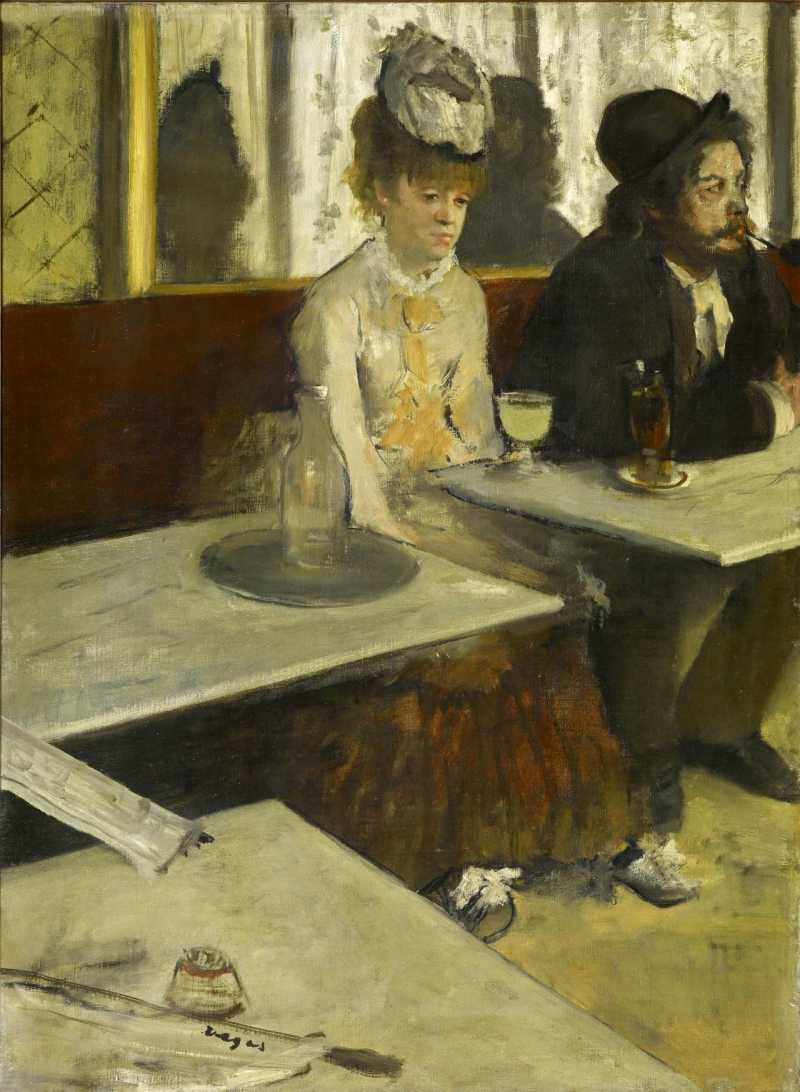
ngv.vic.gov.au Video: Tavis Leaf Glover's Youtube Channel -
The Lady of Shalott is an 1888 artwork by English painter John William Waterhouse. It depicts the conclusion of Alfred, Lord Tennyson's 1832 poem of the same name. Waterhouse depicted this character three times, in 1888, 1894, and 1915. It is one of his most famous works, in which he inherited much of the Pre-Raphaelite Brotherhood's style, despite the fact that Waterhouse was painting several decades after the Brotherhood split up during his adolescence. Sir Henry Tate presented the Lady of Shalott to the public in 1894, and it is currently on exhibit in Tate Britain, London, in room 1840.
One of John William Waterhouse's most famous works is The Lady of Shalott, an 1888 oil-on-canvas painting. It depicts a scene from Tennyson's poem in which the poet describes the plight and predicament of a young woman, loosely based on the figure of Elaine of Astolat from medieval Arthurian legend, who yearned with unrequited love for the knight Sir Lancelot, who was isolated under an unknown curse in a tower near King Arthur's Camelot. Waterhouse depicted this character three times, in 1888, 1894, and 1915.
The painting features the Pre-Raphaelites' trademark finely painted detail and bright colors. It depicts the title character from Tennyson's poem, often known as The Lady of Shalott. The Lady was imprisoned in her chambers in the poem, under a curse that barred her from going outside or even looking directly out a window; her sole view of the world was through a mirror. She sat beneath the mirror, weaving a tapestry of scenes she could see in her reflection. The Lady has made her way to a small boat after violating the curse by staring out the window at Camelot. This is the scene depicted in Waterhouse's painting, as the Lady departs to meet her fate. She is shown sitting on the tapestry she woven.
The Lady's boat is outfitted with a lantern on the bow and a crucifix towards the stern. Three candles are placed next to the crucifix. Candles were a symbol of life - two of the candles have already burned out, indicating that her death is imminent. Aside from the metaphorical intricacies, this artwork is prized for Waterhouse's realistic painting skills. The Lady's attire contrasts sharply with the much darker tones of the background. Waterhouse's attention to detail and color, the emphasis on nature's beauty, the lifelike aspect, and his interpretation of her delicate, wistful expression are all examples of his artistic skill. Naturalistic features include a pied flycatcher and water plants that would have been found in an English river at the time. Sir Henry Tate donated the Lady of Shalott to the public in 1894.
Author: John William Waterhouse
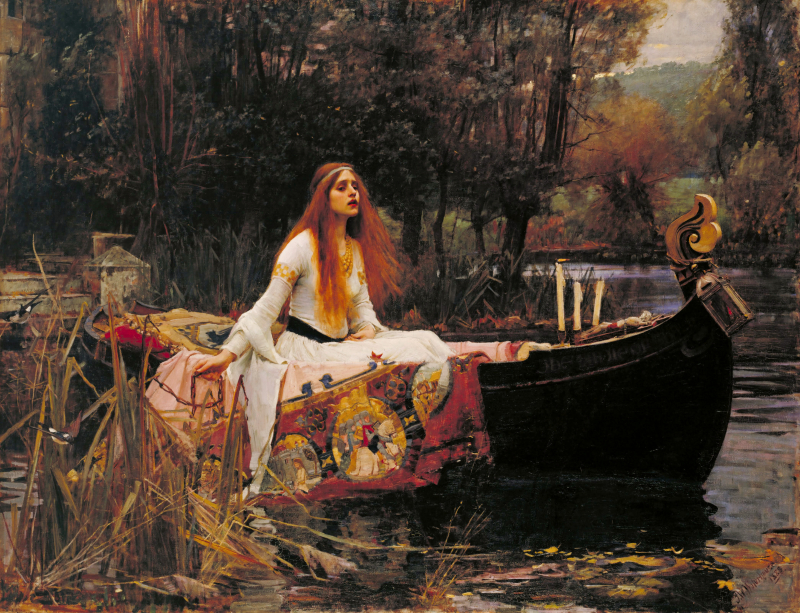
vi.wikipedia.org Video: The Cogito's Youtube Channel













